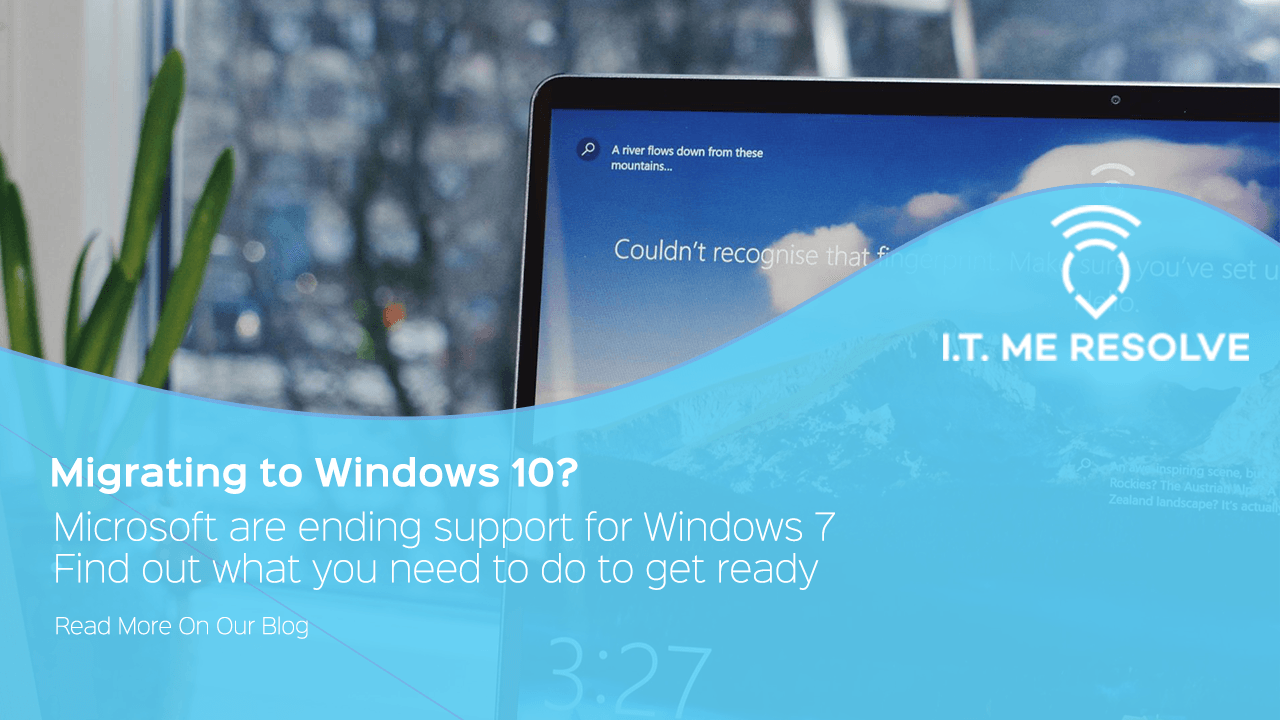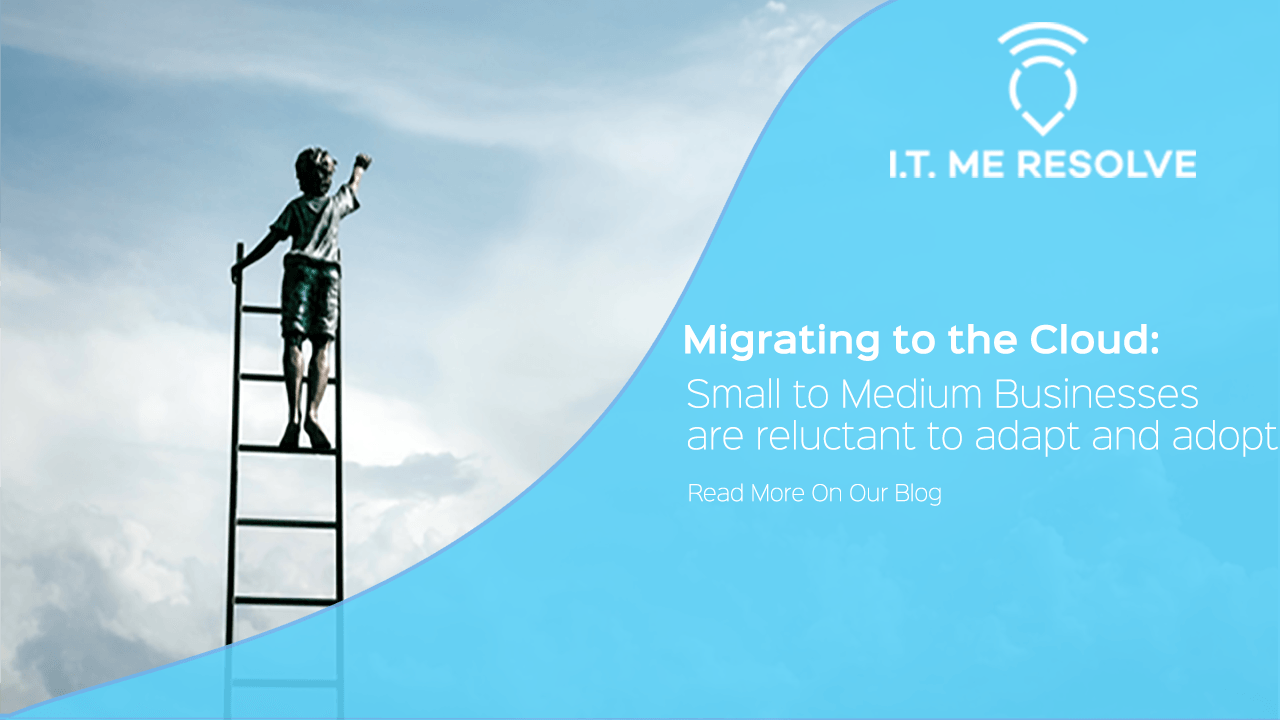Adoption to Azure and How Easy Companies Are Finding It
Why Choose Azure?

Azure is Microsoft's cloud computing platform that offers a range of services and solutions for businesses of all sizes and industries. Azure enables companies to build, deploy, and manage applications and data in a secure and scalable environment. But how easy is it to adopt Azure and what are the benefits and challenges of doing so?
In this blog post, we will explore some of the key aspects of Azure adoption, such as:
- The reasons why companies choose Azure over other cloud providers
- The steps involved in migrating to Azure and the best practices to follow
- The common pitfalls and obstacles that companies face during and after the migration
- The success stories and testimonials from companies that have successfully adopted Azure
Why Choose Azure?
Azure is one of the leading cloud platforms in the market, with a global network of data centers, a comprehensive portfolio of services, and a strong reputation for innovation and security. Some of the reasons why companies choose Azure are:
- Compatibility: Azure supports a wide range of operating systems, programming languages, frameworks, tools, and databases, making it easy to integrate with existing systems and applications.
- Flexibility: Azure allows companies to choose from various deployment models, such as public, private, hybrid, or multi-cloud, depending on their needs and preferences.
- Scalability: Azure can handle any amount of workload and traffic, with the ability to scale up or down on demand, without compromising performance or reliability.
- Cost-effectiveness: Azure offers a pay-as-you-go pricing model, where companies only pay for what they use, without any upfront or hidden costs. Azure also provides various tools and resources to help companies optimize their cloud spending and reduce waste.
- Security: Azure has built-in security features and compliance standards that protect data and applications from cyberattacks and breaches. Azure also offers various tools and services to help companies monitor, manage, and improve their security posture.
- Innovation: Azure is constantly adding new features and capabilities to its platform, enabling companies to leverage the latest technologies and trends, such as artificial intelligence, machine learning, Internet of Things, blockchain, etc.
How to Migrate to Azure?
Migrating to Azure is not a one-size-fits-all process. It depends on various factors, such as the size, complexity, and type of the applications and data that need to be moved, the current infrastructure and architecture of the company, the budget and timeline of the project, etc. However, there are some general steps that can be followed to ensure a smooth and successful migration:
- Assess: The first step is to assess the current state of the applications and data that need to be migrated, such as their dependencies, performance, availability, security, etc. This will help identify the scope, feasibility, and readiness of the migration project.
- Plan: The next step is to plan the migration strategy, such as which deployment model to use (public, private, hybrid), which migration method to use (lift-and-shift, refactor, rearchitect), which tools and services to use (Azure Migrate, Azure Site Recovery), etc. This will help define the goals, roles,





